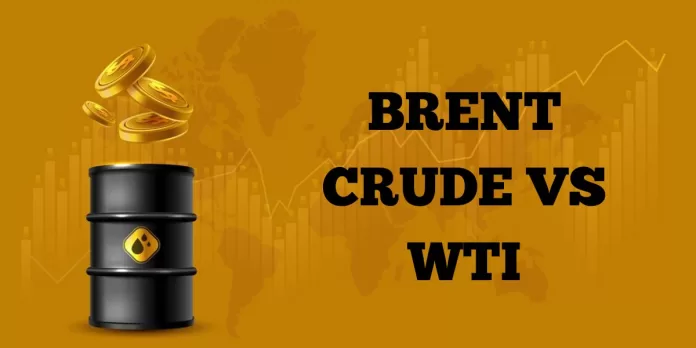With the ongoing Israel-Palestine conflict, the spotlight has turned to the world of crude oil, especially for countries heavily involved in its export and import. The conflict, taking place in key crude oil exporting regions, has led to significant fluctuations in crude oil prices.
As news of the conflict piped up, the global crude oil market is experiencing ups and downs, with prices responding to the latest developments in the war. This has caught the attention of many.
India, in particular, is closely watching these fluctuations because it heavily relies on crude oil imports, primarily from Gulf countries. The uncertainty surrounding the conflict is directly impacting India’s oil market, leading to concerns about potential disruptions in the supply chain.
It is important to note that there are two main types of crude oil traded globally, and the prices of these varieties are influenced by various geopolitical factors, including conflicts in oil-producing regions. Brent Crude and WTI (West Texas Intermediate) are two types of crude oil, and the main difference between them is where they come from.
Brent Crude is named after the Brent oil field in the North Sea. It’s extracted from oil fields in the North Atlantic and is used as a major benchmark for global oil prices. Countries in Europe, Africa, and the Middle East often use Brent Crude as a reference point. On the other hand, West Texas Intermediate, comes from the United States, primarily from wells in Texas, Louisiana, and North Dakota. WTI is a key benchmark for oil prices in the Americas.
Find: Top Oil Refining Companies in India
Brent Crude is a light, sweet crude oil that is traded on the ICE Futures Europe exchange. It is used as a benchmark for two-thirds of the world’s internationally traded crude oil. WTI is a light, sweet crude oil that is traded on the New York Mercantile Exchange. It is used as a benchmark for oil produced in the United States. The price of Brent Crude is typically higher than the price of WTI because it is considered to be a higher-quality oil.
Know: Crude Oil – From USD 16 to USD 96 per Barrel
While both Brent and WTI are highly traded oil benchmarks, they exhibit distinct market influences. Brent is more sensitive to global supply and demand factors, making it a global pricing indicator. WTI, on the other hand, is more responsive to domestic factors within the United States and North America.
The following table shows the exact difference between WTI and Brent Crude Oil:
|
Feature |
WTI Crude Oil |
Brent Crude |
| Extraction Locations | Texas, North Dakota, Louisiana (U.S.) | North Sea near Europe (Brent, Ekofisk, Forties, Oseberg) |
| Oil Density (API Gravity) | 39.6° (Very “light”) | 38° (Light, but not as light as WTI) |
| Sweetness (Sulphur Content) | 0.24% (Very “sweet”) | 0.40% (Not as sweet as WTI, still under 0.50% benchmark) |
| Transportation | Delivery point: Cushing, Oklahoma (Landlocked) | Extracted at sea (Easier to transport) |
| Exchange | NYMEX (CME Group) | ICE (Primary exchange), CME Group (Lower volume) |
| Pricing | Influenced by U.S. dynamics, demand | Global benchmark, influenced by global supply and demand |


